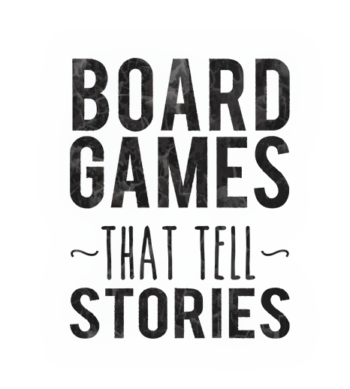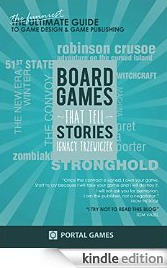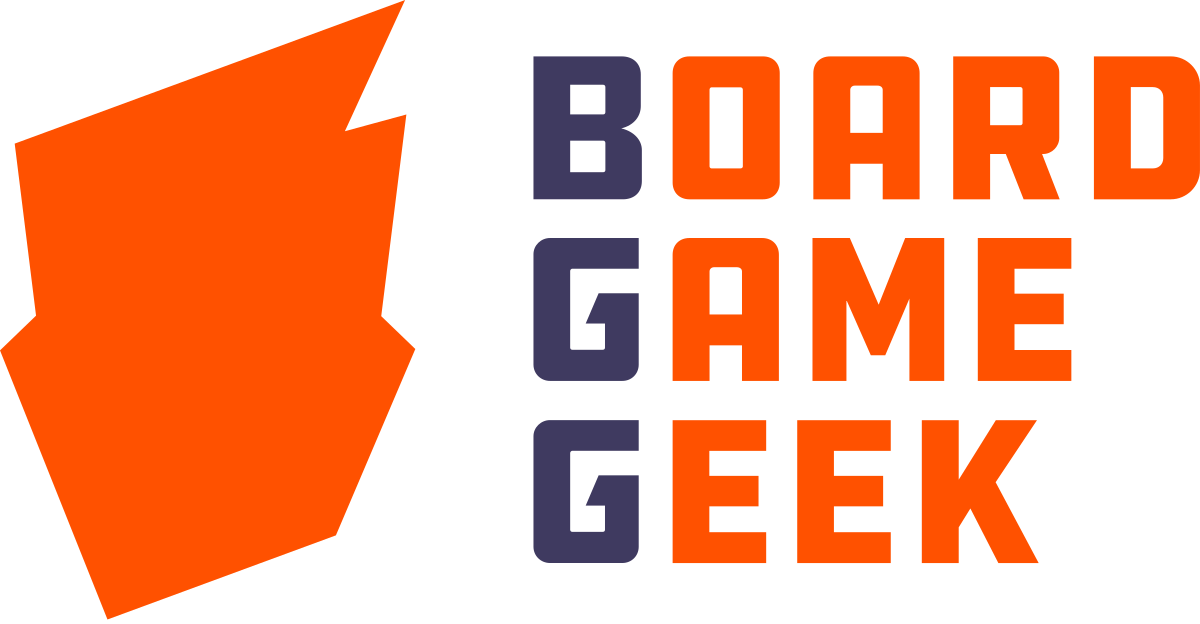 (this is guest post by Michał Walczak)
(this is guest post by Michał Walczak)
It’s just another average day at Portal Games. I work on new version of our next strategy game. I update rules, I print new cards for prototype, that kind of stuff. I love this job.
At some point Ignacy approaches me and shows me prototype of Tides of Time. Micro game about building macro civilization. Rules can be explained in 2 minutes, you play in 10 minutes and what is most crucial – you want to play again. I love it since the first game. 'Where is a problem here?’, I ask.
Ignacy lays out cards on the table and shows me. There is 5 suits in the game. Some suits are scored more often. Player with three Libraries in hand will score less than player with three Towers. We need to balance this mess.
Numbers! Suits become numbers, everything changes like Matrix. I can sum up values, I can calculate probabilities, I can do math. Yeah, I love math. I turn on my laptop, I open Excel and I start to work. I am so excited.
Soon after Ignacy contacts me with Kristian Curla, designer of the game. And soon after I discover he is mathematician. He works at University. He knows math.
Oh, my. It will be hard to say that I just did some calculations and I know better. He is mathematician. He is shark in this pool.
Anyway, I start working. Towers can’t be stronger than Libraries. Red can’t be stronger than blue. A can’t be stronger than C. I know my job. I fixed everything, the game was balanced, suits were symetrical. Tides of Time fixed. Ignacy will be proud of me.
Actually he wasn’t. After we played he said something like 'It’s boring. You broke the game. It’s not fun anymore.’
Fun. Yeah, I might forgot about fun factor element.
Ignacy wants cards that shake the game. Ignacy wants balance. Ignacy wants more types of cards. Ignacy wants it all on this 18 cards.
Basically he wants me to land Boeing 747 in a phone booth.
That’s what working at Portal is. Doing impossible. So I have math shark on Skype, I have Ignacy in the office. It’s time to work. It won’t be easy, but I will land this damn Boeing in a phone booth. Oh, yes, I will.
18 cards. Time for changes.
Card that scores if you don’t have all suits. Nope, too easy.
Card that works as wild suit. Nope, too easy.
Card that scores each suit you have majority in. Nope, too similar to other strategies already in the game.
Card that score if you have 3 non scoring cards. Nope, it is playing against the goal of the game.
Card that scores if you got more points than opponent. Nope, it’s snowball effect.
Card that copies other card. Nope…
Card that…
I don’t want to sound like complaining but this is hard. You have these ideas for cards, you come up with one idea after another, you put them on the table and you hear over and over 'Nope. Trash it.’
At some point I was asked by Lucas when we are ready with the game. He needed to write rulebook. My answer was simple 'I wish I know.’
We have time tables, we have scheduled work, we have releases planned for Gen Con or Essen, we try our best to do everything as planned. But above that, above planned release date, above marketing and buzz opportunities we have if we get the game for big fair, above all of that is just 'Not good enough. Trash it.’ Mantra that keeps games on play testing tables as long as it is needed.
We wanted Tides of Time for Gen Con. We wanted it really badly. Gen con release is huge for every publisher on this planet. And yet, there was no single moment of me, Kristian or Ignacy saying 'Stop trashing. We need to go to production stage”. We had layout. We had artwork. We had box ready and yet there was struggle, there was testing, there was trashing and looking for best set of 18 cards.
We have them. We have 18 cards. Cards that can shake things. Cards that are balanced. Cards that work in many different ways. We landed a Boeing 747 in a phone booth. Here, at Portal Games everything is possible.




 I strongly believe that good board game is the one that tells a good story. You play it and suddenly you are sucked into it, you feel chills on the skin. Emotions grow. In a moment you defend castle. You hear roar of warriors. You smell boiling oil. You are into it.
That's how I design my games. I always want to tell a good story. I want players to be into it. As deep as possible.
I strongly believe that good board game is the one that tells a good story. You play it and suddenly you are sucked into it, you feel chills on the skin. Emotions grow. In a moment you defend castle. You hear roar of warriors. You smell boiling oil. You are into it.
That's how I design my games. I always want to tell a good story. I want players to be into it. As deep as possible.



